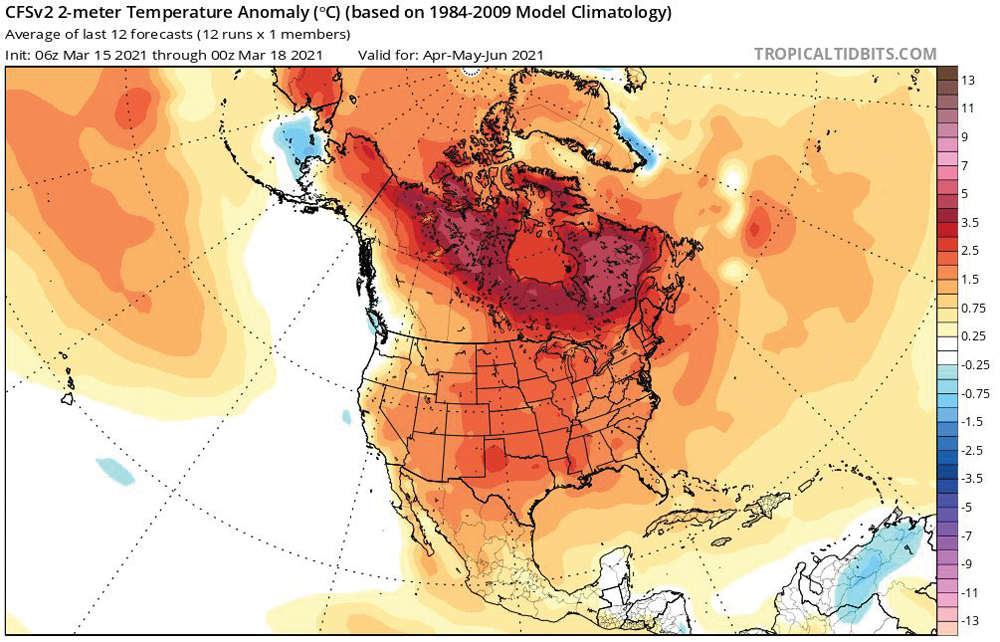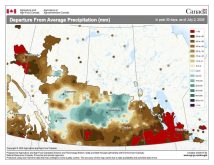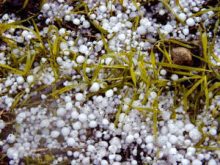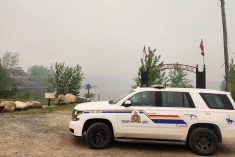Last week’s forecast was a little hit and miss. It did OK with the general weather pattern but was off a little bit on the timing of systems and the temperatures. I should have realized that temperatures would be warmer than expected with the lack of snow cover across a large portion of the southern Prairies and northern U.S.
For this forecast period, it is still looking like we might see a transition to a cooler and wetter pattern, but while the models have been trying to transition into this pattern for the last couple of weeks, the warm, dry pattern keeps re-establishing itself. With that in mind, here is how it looks like things will play out.
Read Also

Canadian canola prices hinge on rain forecast
Canola markets took a good hit during the week ending July 11, 2025, on the thought that the Canadian crop will yield well despite dry weather.
The models show a strong system ejecting northeastward from the central U.S. to begin this forecast period. The model trends suggest this system to stay to our east with only a slight chance of precipitation on Wednesday, mostly in far-eastern regions. The counter-clockwise flow behind the low will bring in slightly cooler air, with daytime highs dropping to within a few degrees of freezing.
The models then show another low kicking northeastward out of the U.S. over the weekend. Due to the initial location of this low (Colorado) it has a bit of a better chance of hitting our region. Not a lot of confidence in this system, but there will be a chance of significant snow, maybe starting as rain somewhere across southern Manitoba on Saturday or Sunday. As with the earlier system, cooler air will move in behind the low, bringing near- to slightly below-average temperatures to begin the final week of March.
This cool-down doesn’t look to be too bad as an area of low pressure is forecast to track across the northern Prairies during the second half of the week, allowing milder air to push back into our region. Looking further ahead, the second half of spring break looks to be trending back toward well-above-average temperatures. Time will tell.
Usual temperature range for this period: Highs, +6 to -5 C; lows, -18 to -7 C.




















